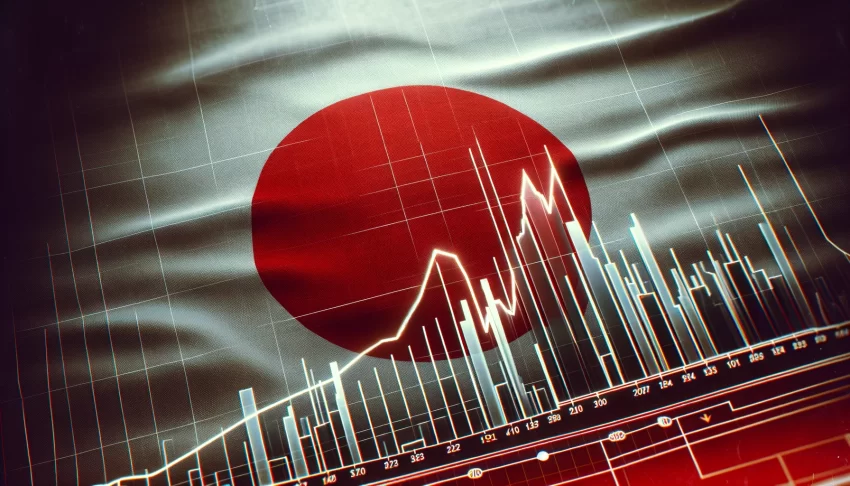| Listen to our audio presentation: U.S. Job Growth Surges in February 2024 |
Japan has taken a monumental step in its economic policy by ending the world’s only negative interest rate regime, a move signaling a cautious pivot from years of ultra-loose monetary policy aimed at combating deflation. The Bank of Japan (BOJ) announced the increase of its short-term interest rates from minus 0.1% to a range of around zero to 0.1%, marking a significant shift from policies enacted to stimulate economic growth and price increases.
This change comes against a backdrop of moderate economic recovery in Japan, where recent data indicate a strengthening relationship between wages and prices, suggesting a more robust economic environment. The BOJ’s decision reflects a broader trend of rising inflation and interest rates globally, pressuring the bank to adjust its longstanding negative interest rate policy (NIRP).
Historically, the BOJ has employed a mix of conventional and unconventional monetary strategies, including zero or negative interest rates and extensive asset purchases, to combat deflationary pressures since the late 1990s. However, recent wage hikes, notably from major unions and corporations like Toyota, have hinted at economic shifts that allow for a cautious normalization of interest rates.
The BOJ’s transition includes ending yield curve control (YCC) and stopping purchases of exchange-traded funds and Japanese real estate investment trusts (J-REITs). Despite these changes, the BOJ maintains a commitment to accommodating financial conditions, indicating a measured approach to monetary tightening compared to other major economies.
The market’s response to this policy shift has been mixed, with fluctuations in Japan’s benchmark Nikkei 225 index. The BOJ’s actions also influenced the Japanese yen, which weakened following the announcement. Analysts, including those from Morgan Stanley and Capital Economics, have weighed in on the implications, suggesting that the BOJ may not pursue further rate hikes soon, given the current economic landscape.
The end of Japan’s negative interest rate policy marks a historic moment in global economic policy, transitioning from an era of unconventional monetary measures to combat deflation to a more normalized rate environment. This shift reflects changes in the global economic landscape, including rising inflation and the need for monetary policy adjustments in response to improved wage growth and economic activity. Japan’s experience offers valuable insights into the challenges and strategies of managing an economy under prolonged deflationary pressures and the complexities involved in transitioning away from such policies.

